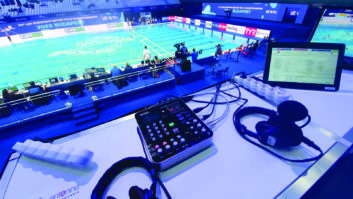One of the magical things about radio is its “100% live” nature. Radio is in sync with its listeners all day long and transmits news and information as it happens. Not just global news but also, depending on where you are tuned into, hyperlocal updates about what’s going on in your village.
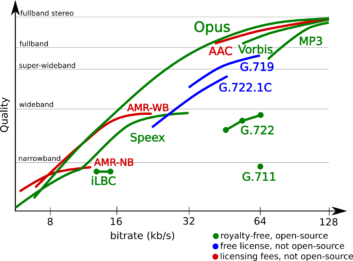
Radio doesn’t ask you to pause what you are doing. It accompanies you during your daily routine. No other communication medium can succeed in fitting around your neck like a comfortable cushion, delivering you feelings and emotions from your unique world, like radio can.
RADIO IS DEMOCRACY
The ability to broadcast live from any location at any time is key to this magic, no matter whether you are covering a scheduled sporting event from a major venue or unexpected breaking news.
As Graham Dixon, the European Broadcasting Union’s head of radio, says: “Radio is democracy.” Live reporting on breaking news has always been a clear example of that, being able to bring all broadcasters to the same level. When something unexpected happens in a rural location, there typically is no way to have a radio link van and crew in place and ready to immediately cover the event. Under these conditions, all broadcasters are on equal terms.
In the analog era, a phone box was the common hardware reporters could rely on. Today, also thanks to the availability of wideband connectivity, codecs are a brick of this democracy. They are also able to unleash the creative potential of a radio station.
Manufacturers are continuously improving the performance and the versatility of their solutions for high-quality nomadic broadcasting. Vibrant sound quality is now achievable from virtually anywhere, and the market offers a range of solutions to fit almost any application.
The increasing availability of coding formats like Opus is one of the latest steps toward being able to high-quality music and speech, even when only tiny bitrates are available, preserving the low latency required to run real-time interactive shows.
THE OPUS FORMAT
Several blind listening tests [1] and [2] have ranked Opus higher-quality than other standard audio formats at any given bitrate until transparency is reached.
Opus requires few computational resources, so it is now included in a wide range of codec products, including the AEQ Phoenix Alio, Comrex Access NX, Tieline ViA, as well as the pocket-sized Barix MA400 SIP Opus.
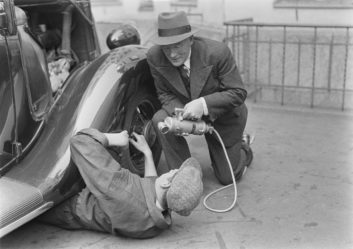
Opus encoding is also common in studio-based equipment like AEQ Venus 3 and 2Wcom MM04C, and in STLs, ranging from the no-compromise 2Wcom IP-4c, Tieline Genie STL and Intraplex IP Link Series to budget-wise models like Tieline Bridge-IT and Comrex Bric Link II.
When available, a wired LAN connection is by far the preferred choice [see last year’s Radio World ebook of technologists for remote broadcasting solutions. Robustness to RF interference as well as to potential traffic overloads or jamming attacks in crowded locations are key advantages of wired connections, so no surprise all the mentioned, OB-specialized models [AEQ Phoenix Alio, Comrex Access NX, Tieline ViA, and the Barix MA400 SIP Opus include at least an Ethernet port as a standard.
The Comrex Access comes with a Wi-Fi modem. The Tieline ViA features built-in Wi-Fi connectivity and can also be equipped with up to two internal 3G/LTE modems. Any of the other products can easily be connected to Wi-Fi networks as well as to mobile broadband 3G/LTE networks through external adapters, to be connected to a USB or RJ-45 port (according to the considered device).
VISUAL RADIO ON THE MOVE
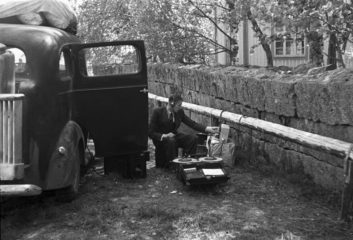
Visual radio can add a special flavor to radio broadcasts, and it is therefore gaining momentum all over the world. Solutions like the Comrex LiveShot Portable enable visual radio broadcasters to deliver a seamless video experience also when broadcasting from remote.
Relying on bonded cellular technology, LiveShot delivers live, two-way, HD video and audio over a range of IP and cellular networks at latencies as low as 200 ms.
Especially when dealing with studio-to-studio and STL connections, reliable connections are needed. Self-managed redundant systems can make a difference by sending multiple streams across the public internet and reconstituting the packets at the receiving end.
Manufacturers have developed several turnkey solutions. To this purpose, Barix Redundix combines two mechanisms. The first is time-delay routing, where the same audio stream is sent twice over the same link with a slight delay for the second system. The second is path-divergent routing, where two streams are sent using separate networks.
Comrex Access MultiRack debuted at the NAB Show. It is equivalent to five codecs, and in CrossLock mode it sends two identical streams over different networks.
[Read: Ten Codec Questions to Consider]
The WorldCast SureStream technology, typically adopted within the firm’s AoIP STLs, has recently been ported to remote broadcasting with the APT Mobile SureStreamer. Compatible with Tieline, Comrex and other portable codecs, it uses two separate LTE or 3/4G carriers to raise the resilience of remote connections while keeping latency at very low levels, ideal for bidirectional interactive broadcasting.
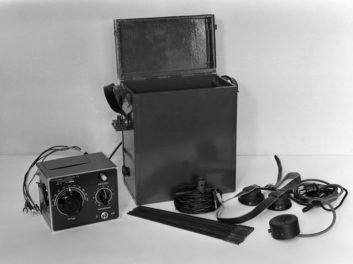
REDUNDANCY AND MORE
Intraplex IPConnect manages multiple streams employing a combination of packet protection schemes with network/time diversity and packet-level forward error correction. Additionally, IPConnect can bridge local area network (LAN) segments across wide-area networks with seamless tunneling to enhance reliability of program and signal transport across large geographical regions with multiple receiving and transmitting sites.
SmartStream PLUS is a solution by Tieline capable of streaming simultaneous redundant data streams from both Ethernet ports of any Genie STL, Genie Distribution, Merlin and Merlin PLUS codec.
Devices featuring the 2WCom Stream4Sure technology can encode/decode up to four AoIP streams with different codecs and qualities. This does not necessarily imply the use of four different lines; users can adjust their audio over IP streams to the available bandwidth on a certain IP connection. The encoder generates the streams with different qualities, while the decoder can seamlessly switch between the four streams.
Advanced codec technology is now allowing streaming of MPX feeds directly from the studio to various transmitters. Sophisticated audio processing mechanisms can be applied in the studio, eliminating the need for sound processors, stereo generators or RDS encoders at each transmitter site.
Direct IP delivery offers two major advantages: lower expenses and the possibility to broadcast the same high quality listening experience from every transmitter site.
Codecs like the Intraplex IP LINK MPXp, the WorldCast Systems APT MPXoIP and the 2WCom FMC01 are designed to cope with those requirements.
One step further we find the Intraplex Synchrocast 3, a simulcasting solution for single-frequency networks of overlapping transmitters. The precision of GPS digital timing enables a network of transmitters to work together to increase coverage areas and reduce interference.
For digital radio broadcasting, the 2WCom DAB+ over IP solution allow the distribution of complete DAB+ ensembles to the various transmitting sites of a digital radio network.
Tech managers have to analyze and configure the specific performance and features best suiting their workflow. Technology can do the rest.
